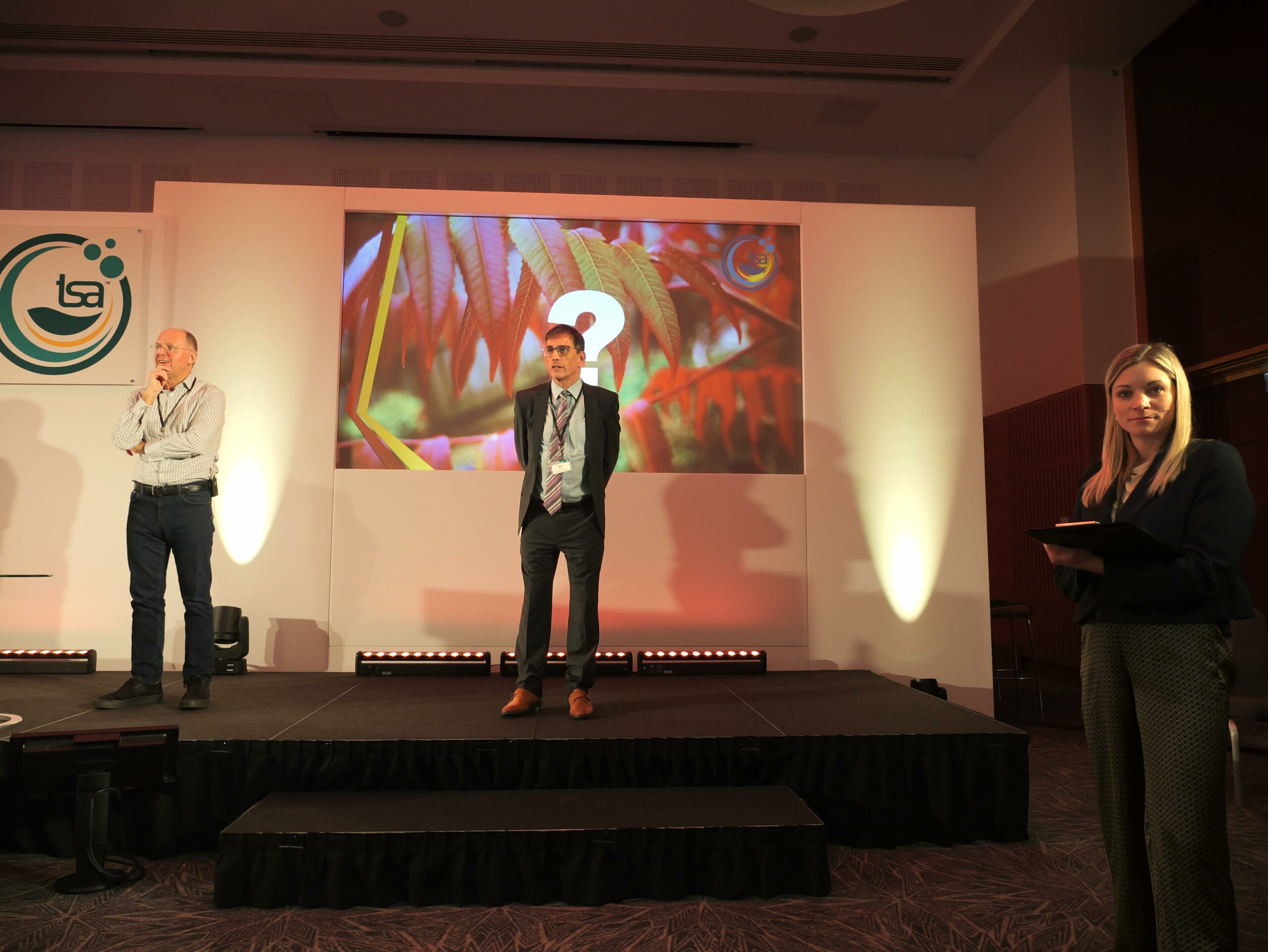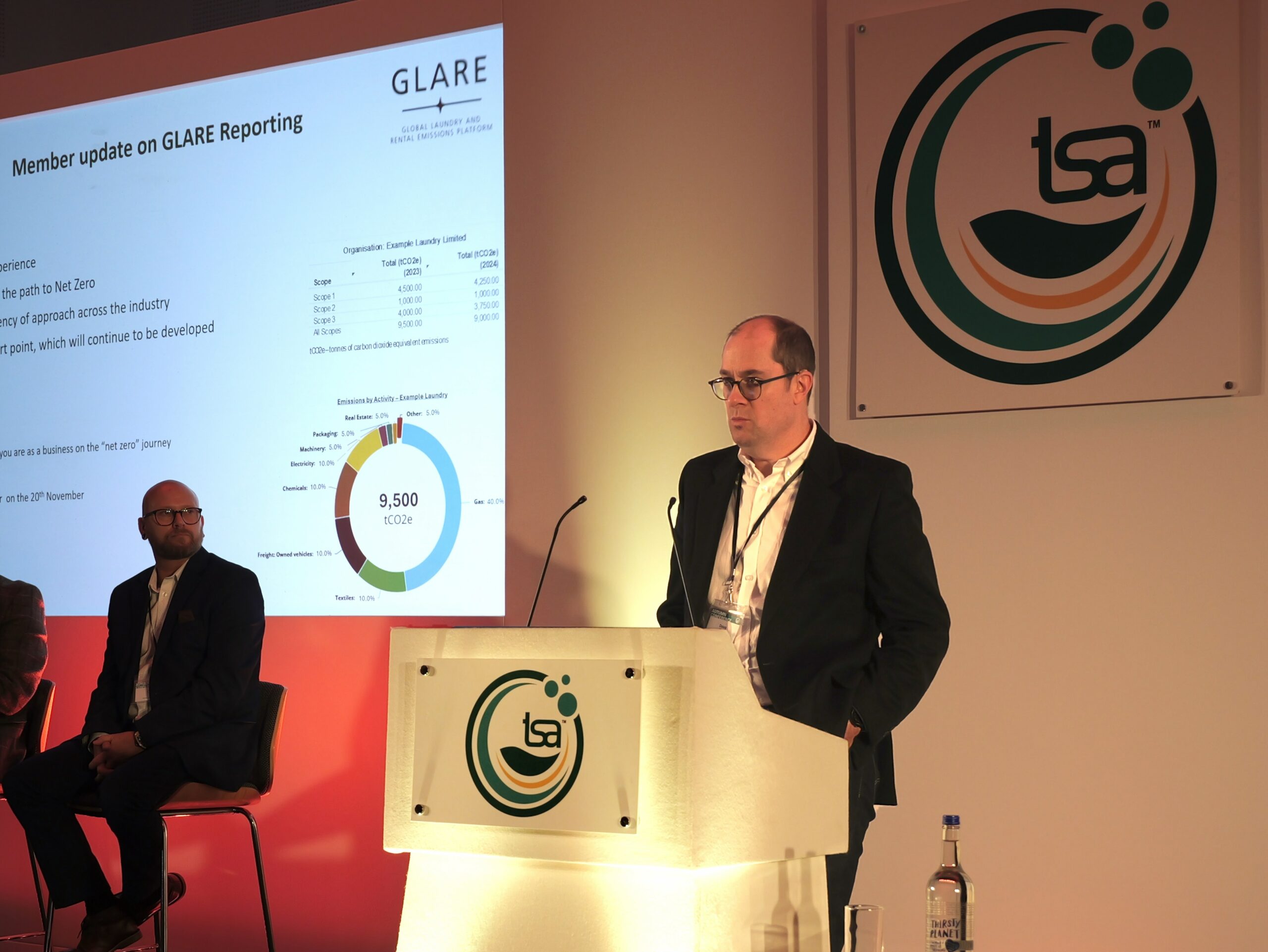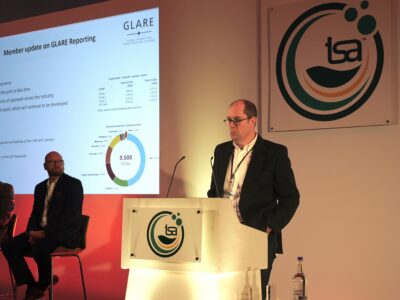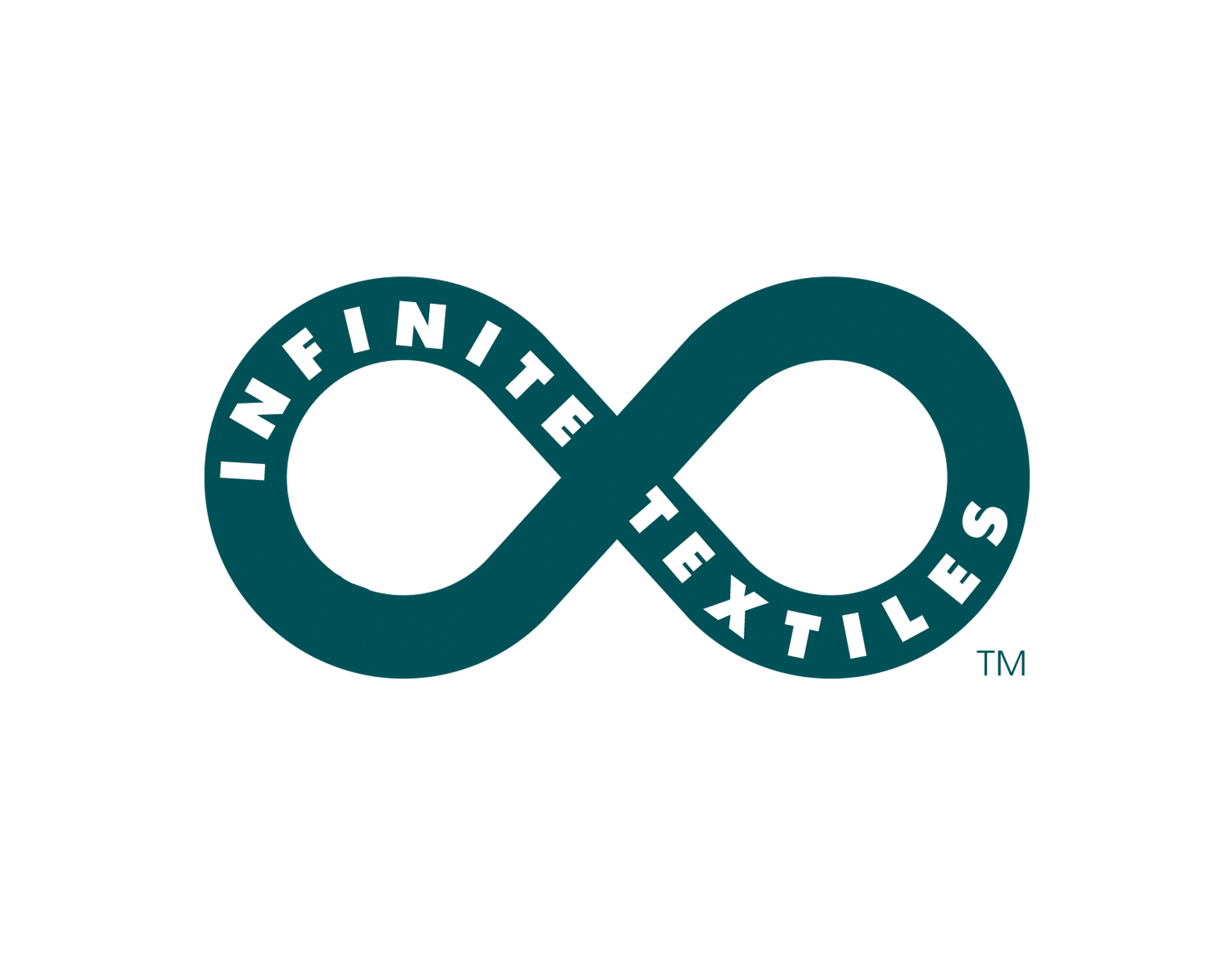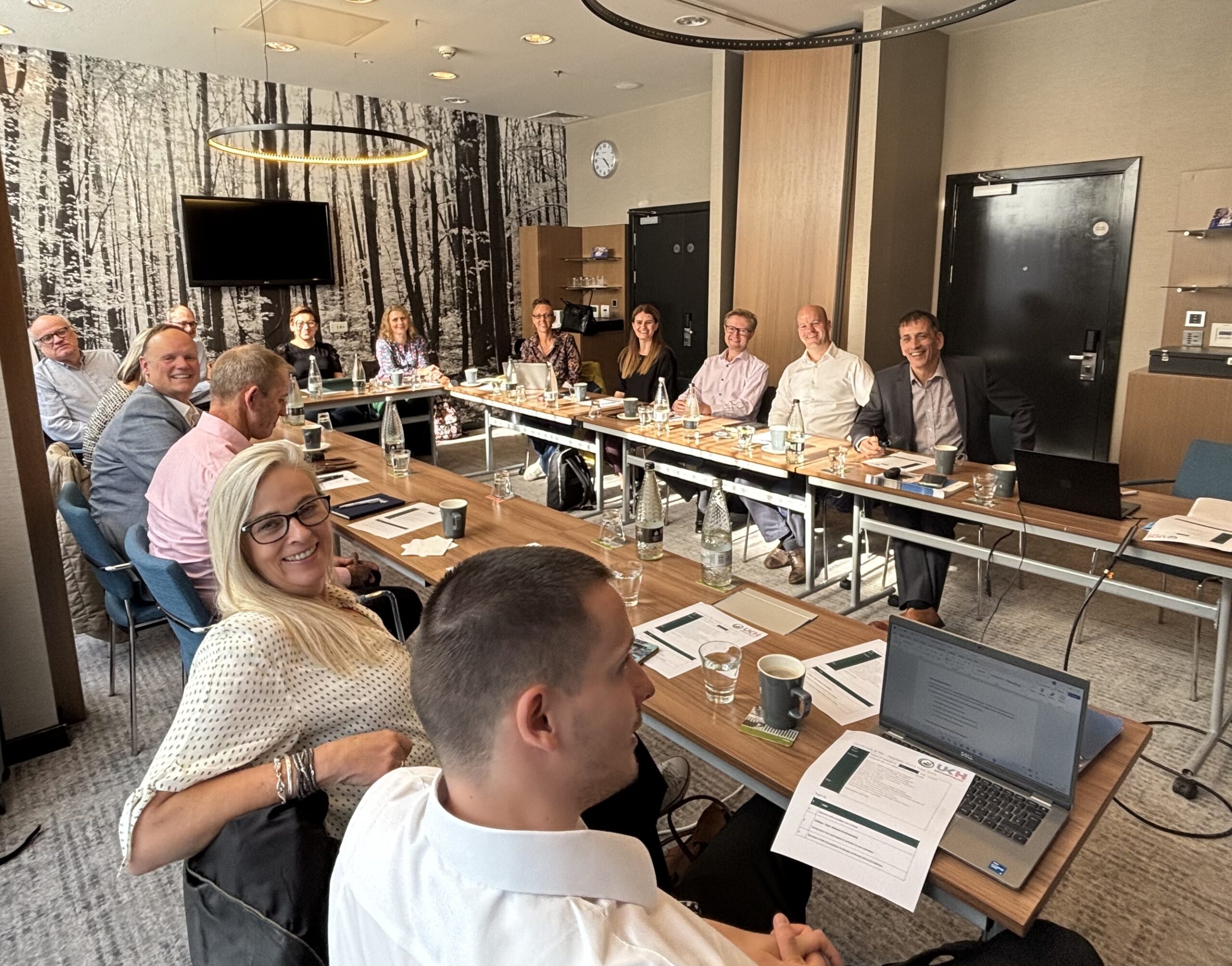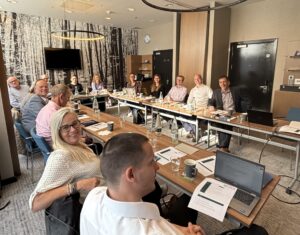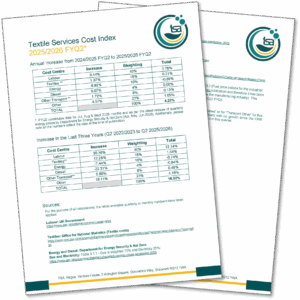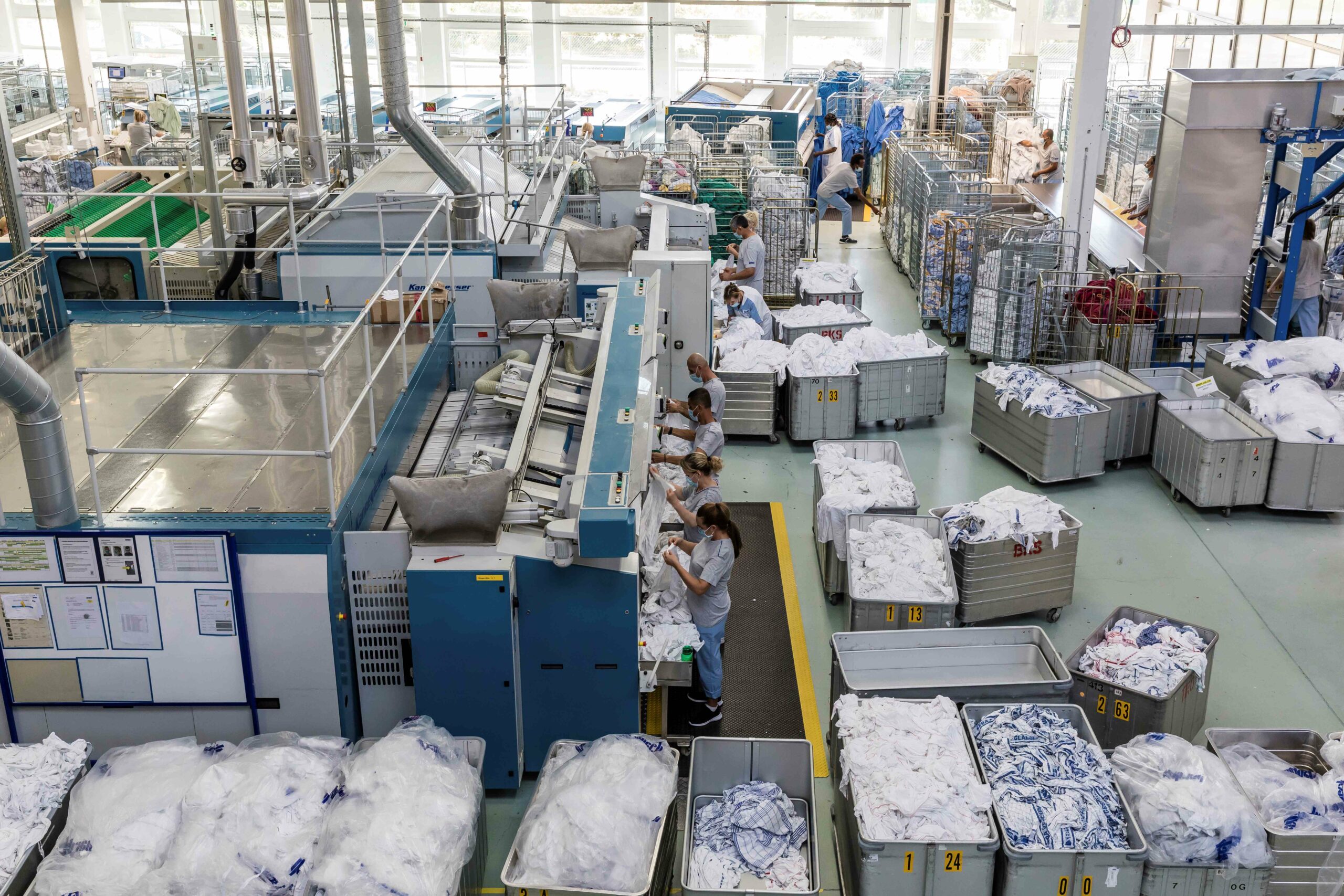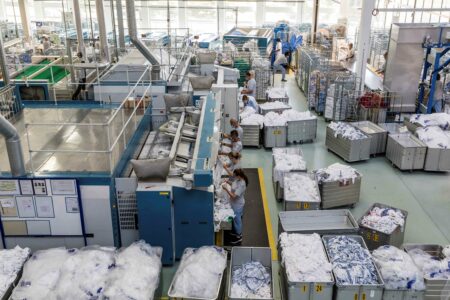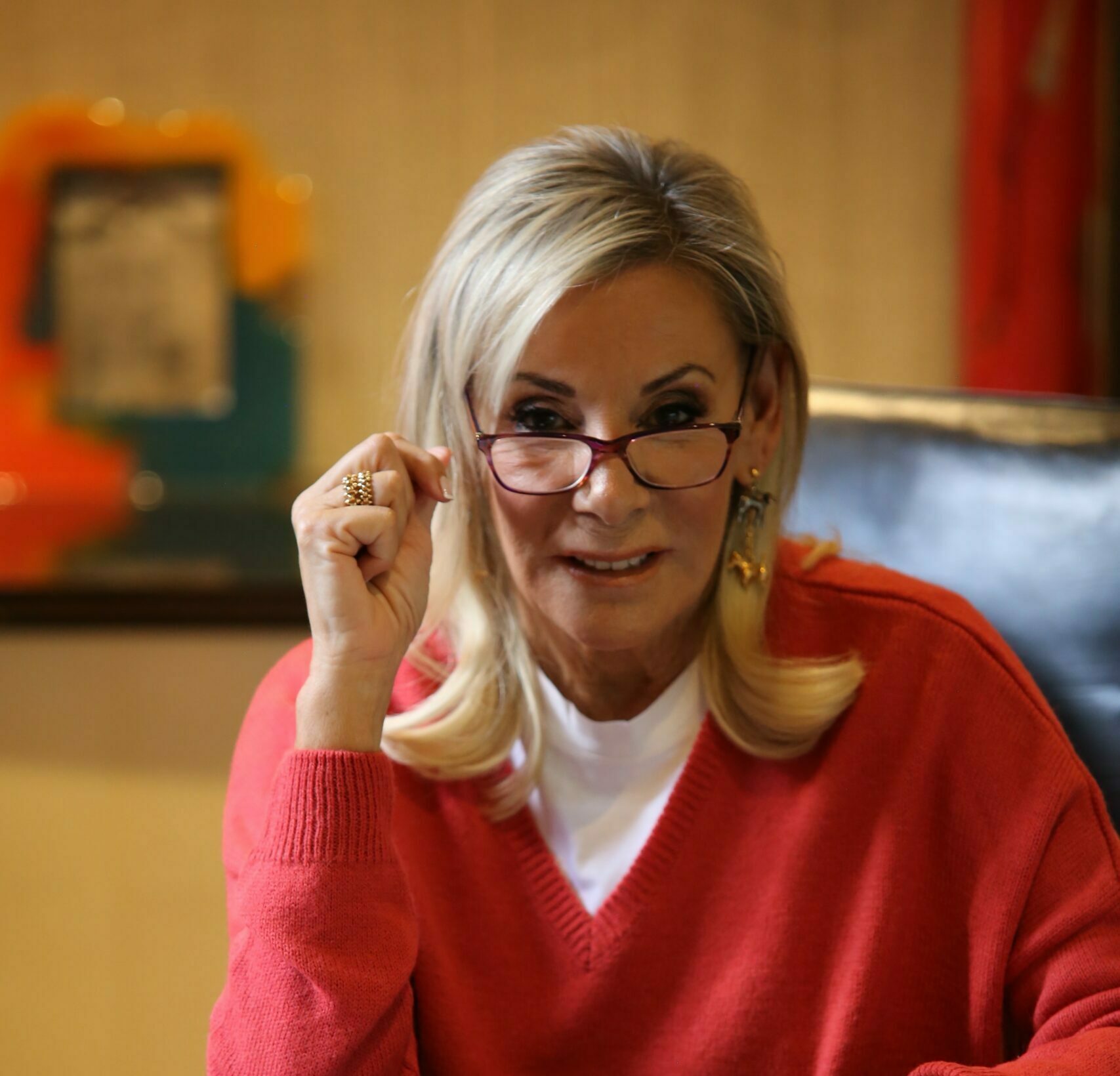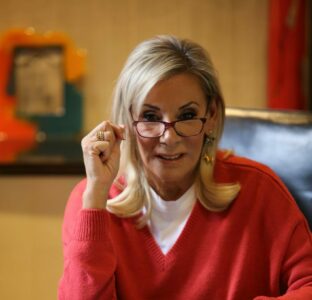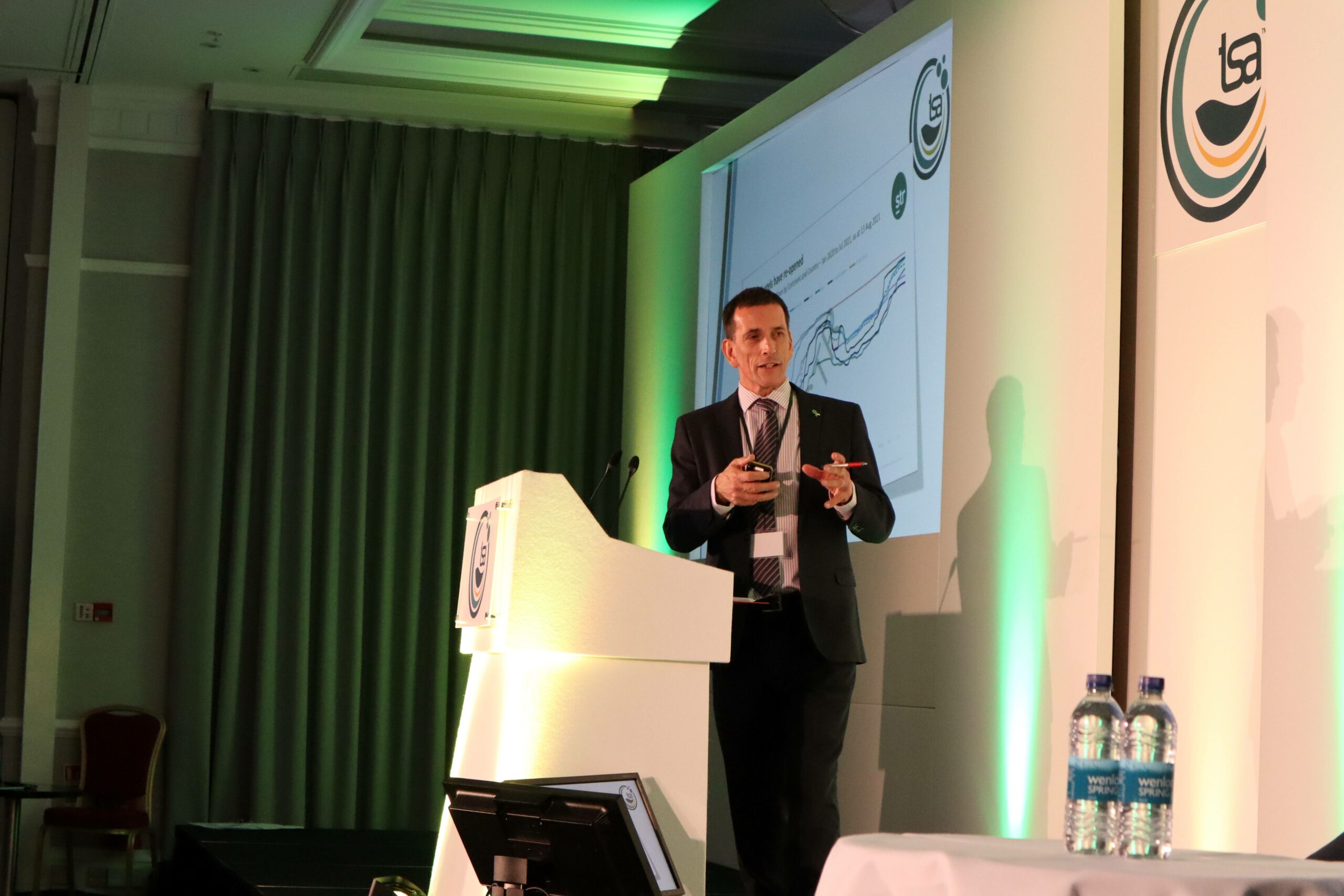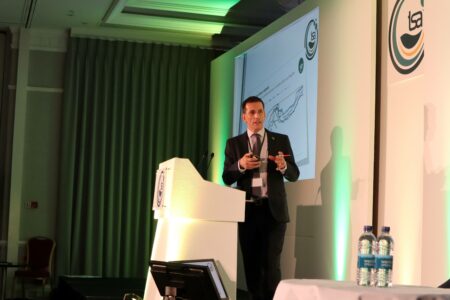The TSA reflects on the key themes from its recent Autumn conference
The laundry industry is about its people first and foremost. The value the Textile Service Association’s (TSA) members find in this was evident in the record number that attended this year’s Autumn Conference. Held over two days at the Hilton in St George’s Park in Burton-on-Trent, not only did it provide an opportunity to discuss the hot topics of the day but also to network and socialise. Many in attendance were asked what they loved about their industry and the consensus was clear: the people. Another big issue was technology. From how it affects our brain chemistry to the ever growing and unavoidable topic of AI, TSA members were invited to reflect on how technology personally affects them, as well as its evolving context in the wider industry.
For some of its members, AI in particular is a technological movement to fear. Why? Because of the effect it could have on the people in the industry and their jobs. For others, it’s something to embrace for that same reason. While some think AI replaces jobs, others think it creates them.
“I think the laundry industry is at the foundational level of its relationship to AI,” says David Pool, AI Specialist and a keynote speaker at the conference. “Most jobs will be stable but they will be more effective and more efficient through the implementation of AI.” Furthermore, David believes AI can help the sector problem solve some of its shared issues. “Commercial laundries have the same headwinds in terms of cost increases, environmental factors and reducing waste,” he says. “So they have a lot of collective data, and if they present that data to AI models in the right way they can get some real insight and start to work more effectively.”
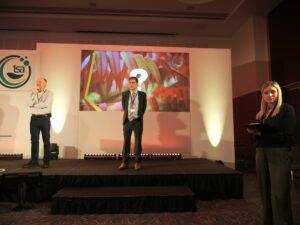
Another keynote speaker, neuroscientist and author TJ Power focussed on technology more generally and its personal effects. Exploring some confrontational notions, including phone fasting and the importance of boredom for both ideas and ultimately productivity, TJ’s talk highlighted how our relationship with our phones in particular can affect not only our mental health but our ability to work well, too.
“With this industry, firstly people are very warm and open and there’s been lots of laughter and fun here at conference,” says TJ. “That means oxytocin is high and we’re feeling deeply connected to people. Two key challenges that every industry faces are low energy levels and short attention spans. These are a result of our indoor, sedentary, digital, looking at screens all day lifestyle. We’ve been exploring different habits that can help people rebalance things.”
This sense of imbalance and even alienation through technology can also be linked to social media, which came up in Dr Olga Franczak’s presentation at the conference. “The market is tough, talk to each other,” she said, as she explored the current challenges and opportunities in employment more generally. In doing so she criticised the distorted picture social media platforms like LinkedIn can create by only showing the positives within any given sector. By getting together and discussing it face to face, the picture is often revealed to be more complex, nuanced and honest.
Delivering the final keynote was business legend and star of The Apprentice, Linda Plant, who gave an overview of her life peppered with motivational messages. It was clear she had a passion for people; both the opportunities they gave her in her rise but also the fulfilment she found giving others opportunities as her businesses took off. Looking around the room, she commented, “I could see a lot more women in this industry”, reinforcing the importance of TSA’s ongoing diversity and inclusion strategies.
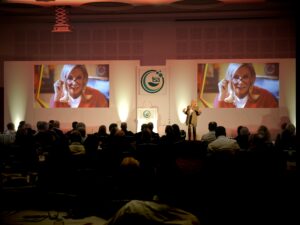
Beyond Linda’s heartfelt keynote and the other technology themed talks, there was also an industry panel chaired by TSA’s managing director Emma Kiviniemi Wilson. This featured Peter Semple from Fishers, Chris Bell from Clean, Arthur Linssen of ETSA, Doug Muttitt from Swiss Camplings Laundry and Bob Morrish from Ecolab. Peter’s presentation celebrated the success of the Laundry Open Week while Chris demonstrated how Infinite Textiles is helping Clean achieve its green objectives. Arthur then outlined the upcoming Textiles EPR scheme, while Doug explored how the TSA’s carbon emissions platform GLARE has helped Swiss Camplings Laundry provide a carbon footprint for the business. Finally, Bob discussed the TSA’s Supplier Portal and how it can support both supply partners and TSA members by linking them to the critical resources and documents needed when suppliers attend their sites.
“We had a lot to cover in a relatively short amount of time,” says Emma. “Once again though, the conference highlighted the importance of getting together and sharing information under one roof. We are a people industry. While there’s so much to keep up with, from legislation to evolving technologies like AI, by getting together and putting face-to-face human interaction at the centre, our sector can evolve and thrive.”
David Stevens, TSA’s CEO is in agreement. “We’re a very people led industry, and I think that’s the buzz you get from these events. It’s the comradeship and networking everyone seems to enjoy.”
If you have any queries, please do not hesitate to get in touch with us either via email or phone:
T +44 (0) 20 3151 5600
